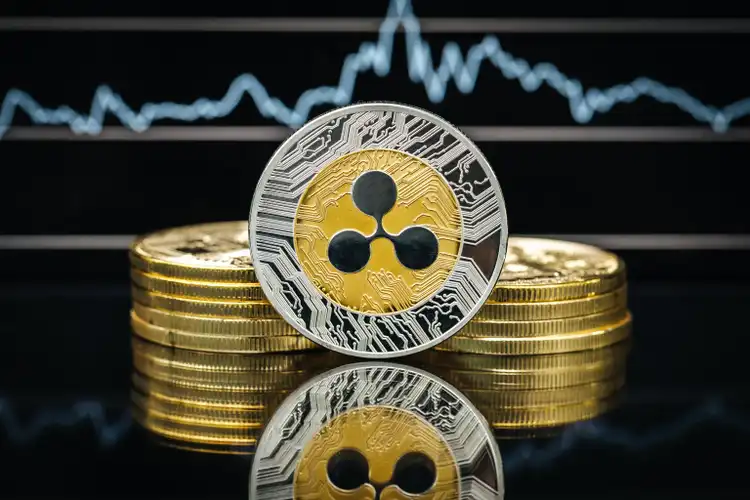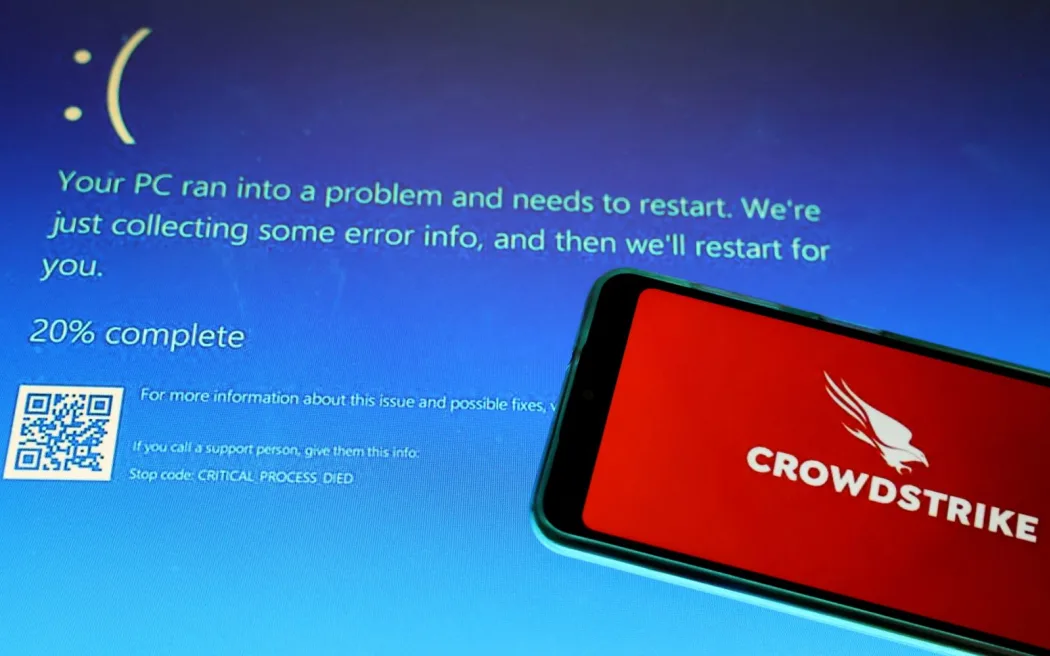Bank Of America On Bitcoin’s Dirty Little Secrets: No Good Reason To Own BTC Unless You See Prices Going Up

Bank of America (BofA) analysts have issued a critical assessment of Bitcoin, highlighting concerns that its price is driven more by speculative factors rather than solid fundamentals. According to their report titled “Bitcoin’s Dirty Little Secrets,” Bitcoin’s value is primarily supported by fund flows, purchases by prominent entities, and the periodic reduction in miner rewards, rather than by any intrinsic economic value.
Key Points from Bank of America’s Report on Bitcoin
- Lack of Fundamental Backing: The analysts argue that Bitcoin lacks a strong fundamental basis for its valuation. They suggest that the only compelling reason to own Bitcoin is the expectation that its price will continue to rise. This viewpoint is underscored by the observation that the cryptocurrency’s market dynamics are heavily influenced by speculative activity rather than real-world usage or value generation.
- Environmental Concerns: A significant portion of the report is dedicated to highlighting Bitcoin’s environmental impact. The analysts estimate that the carbon dioxide (CO2) emissions associated with Bitcoin are comparable to those of an entire country like Greece. They further warn that as Bitcoin’s price increases, so does its energy consumption, which could lead to even greater environmental damage.
- High Volatility: Bitcoin’s price volatility remains a major concern. Despite over a decade of trading, the cryptocurrency is still far more volatile than traditional assets such as gold, silver, or foreign exchange (FX). This extreme volatility makes Bitcoin unreliable as a payment method or store of value, according to the BofA analysts.
- Concentration of Ownership: The report points out that Bitcoin suffers from a high concentration of ownership. Approximately 95% of all Bitcoin in circulation is held by just 2.4% of all addresses. This level of concentration is far greater than the wealth concentration seen in traditional financial systems, such as in the United States, where the top 1% control about 30.4% of household wealth. This uneven distribution raises questions about Bitcoin’s viability as a widespread payment mechanism or investment vehicle.
- Liquidity Issues: Despite the rapid rise in Bitcoin prices, the cryptocurrency remains relatively illiquid. The number of daily Bitcoin transactions has remained steady at around 287,000, even as prices have soared. This indicates that the increased interest in Bitcoin has not translated into greater liquidity, which could pose risks for investors looking to buy or sell large amounts of the cryptocurrency.
- Correlation with Google Searches: The analysts observed a correlation between Bitcoin prices and the frequency of Google searches for the term “Bitcoin.” This suggests that Bitcoin’s price movements are influenced by public interest and speculation, rather than by traditional market fundamentals.
- Artificial Scarcity: Bitcoin’s price is also driven by its artificially imposed scarcity. The total supply of Bitcoin is capped at 21 million coins, and the rate of new coin creation is halved every four years. While this scarcity has helped drive up prices, it also means that Bitcoin’s value is highly sensitive to changes in demand, particularly from large institutional buyers.
- Threat from Central Bank Digital Currencies (CBDCs): The emergence of Central Bank Digital Currencies (CBDCs) could pose a significant threat to Bitcoin. As more central banks explore the creation of their own digital currencies, which could be integrated into existing financial systems, Bitcoin could lose its appeal as a digital alternative to traditional money.
- Regulatory Risks: With the increasing institutional adoption of Bitcoin, the likelihood of regulatory intervention is growing. The report cites European Central Bank President Christine Lagarde’s calls for stronger regulation of cryptocurrencies to prevent illicit activities as an example of potential regulatory headwinds facing Bitcoin.
- Grayscale’s Dominance: Grayscale Bitcoin Trust (GBTC), an open-ended trust providing exposure to Bitcoin, is now the largest public holder of the cryptocurrency. With approximately 3.5% of the total Bitcoin supply, Grayscale’s actions in the market have a significant impact on Bitcoin’s price and liquidity.
The Price-Driven Attraction of Bitcoin
Bitcoin’s appeal is largely tied to its price volatility. Many investors are drawn to BTC because of its potential for high returns. However, Bank of America suggests that the primary reason people buy Bitcoin is in anticipation of price increases. Without the expectation of rising prices, the incentive to hold Bitcoin diminishes significantly.
Environmental Concerns and Energy Consumption
Another critical issue highlighted by Bank of America is Bitcoin’s environmental impact. The process of mining Bitcoin consumes vast amounts of energy, contributing to significant carbon emissions. For environmentally conscious investors, this could be a major deterrent. As awareness of climate change grows, the energy-intensive nature of Bitcoin mining may become an increasingly significant concern.
Regulatory Risks and Market Volatility
Bitcoin operates in a relatively unregulated space, which presents both opportunities and risks. While the lack of regulation can lead to rapid gains, it also exposes investors to sudden market shifts and potential legal challenges. Bank of America points out that regulatory crackdowns could severely impact Bitcoin’s value, making it a risky investment for those seeking long-term stability.
Lack of Intrinsic Value
Unlike traditional assets such as stocks or real estate, Bitcoin lacks intrinsic value. It doesn’t produce earnings, dividends, or rents. According to Bank of America, Bitcoin’s value is largely speculative, driven by the belief that someone else will pay more for it in the future. This speculative nature makes Bitcoin a highly volatile and uncertain investment.
In summary, while Bitcoin has experienced tremendous price appreciation, Bank of America’s report raises several concerns about its long-term viability as a currency or investment. The report suggests that Bitcoin’s value is heavily influenced by speculative forces, environmental issues, and regulatory risks, making it a highly volatile and uncertain asset.




